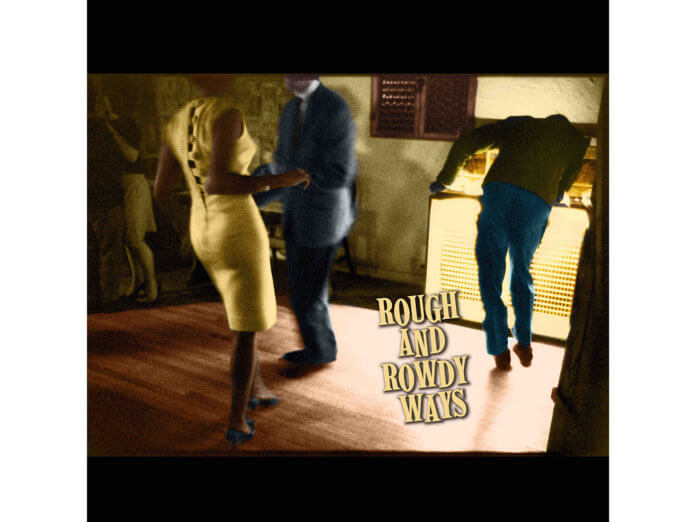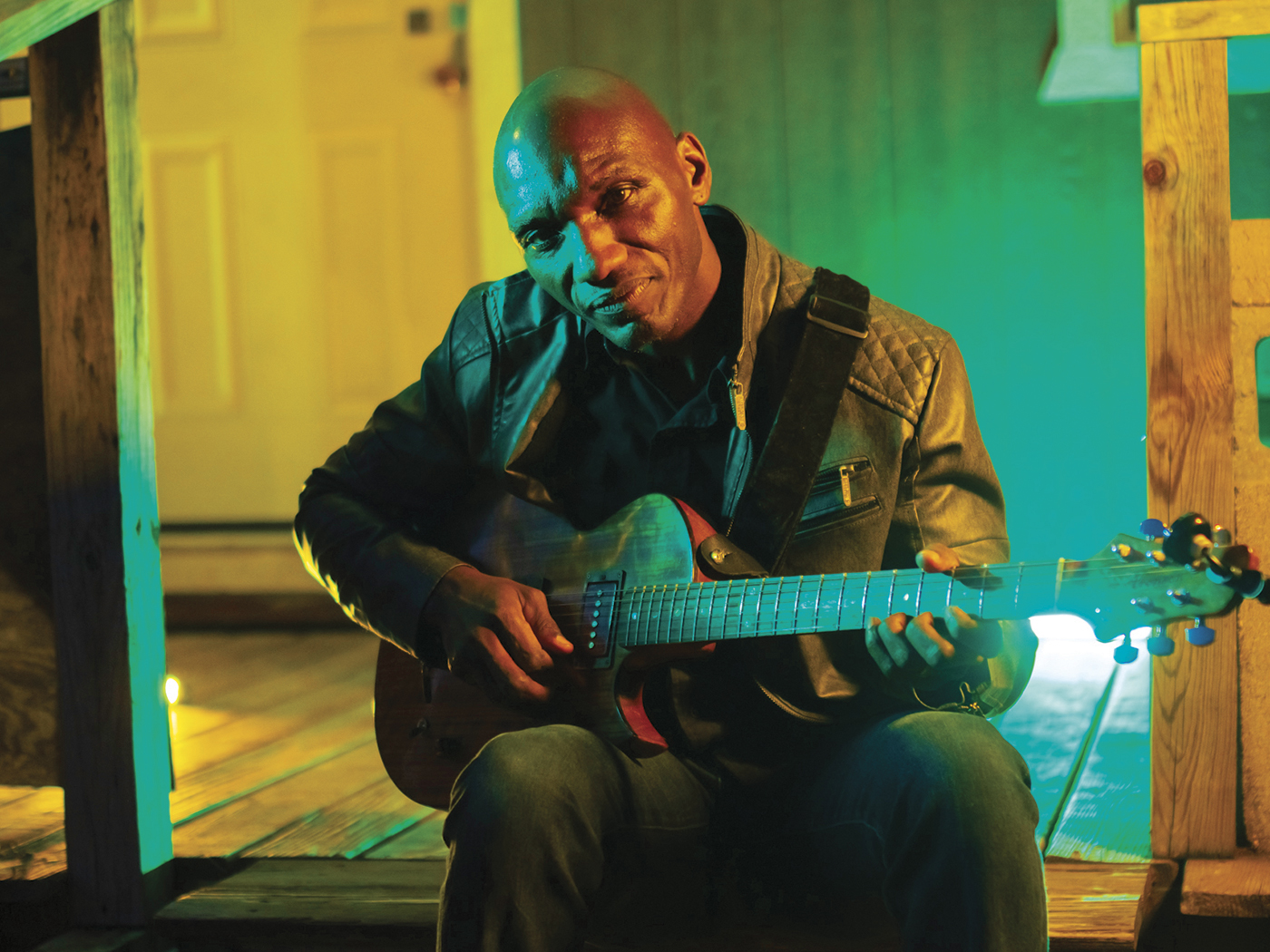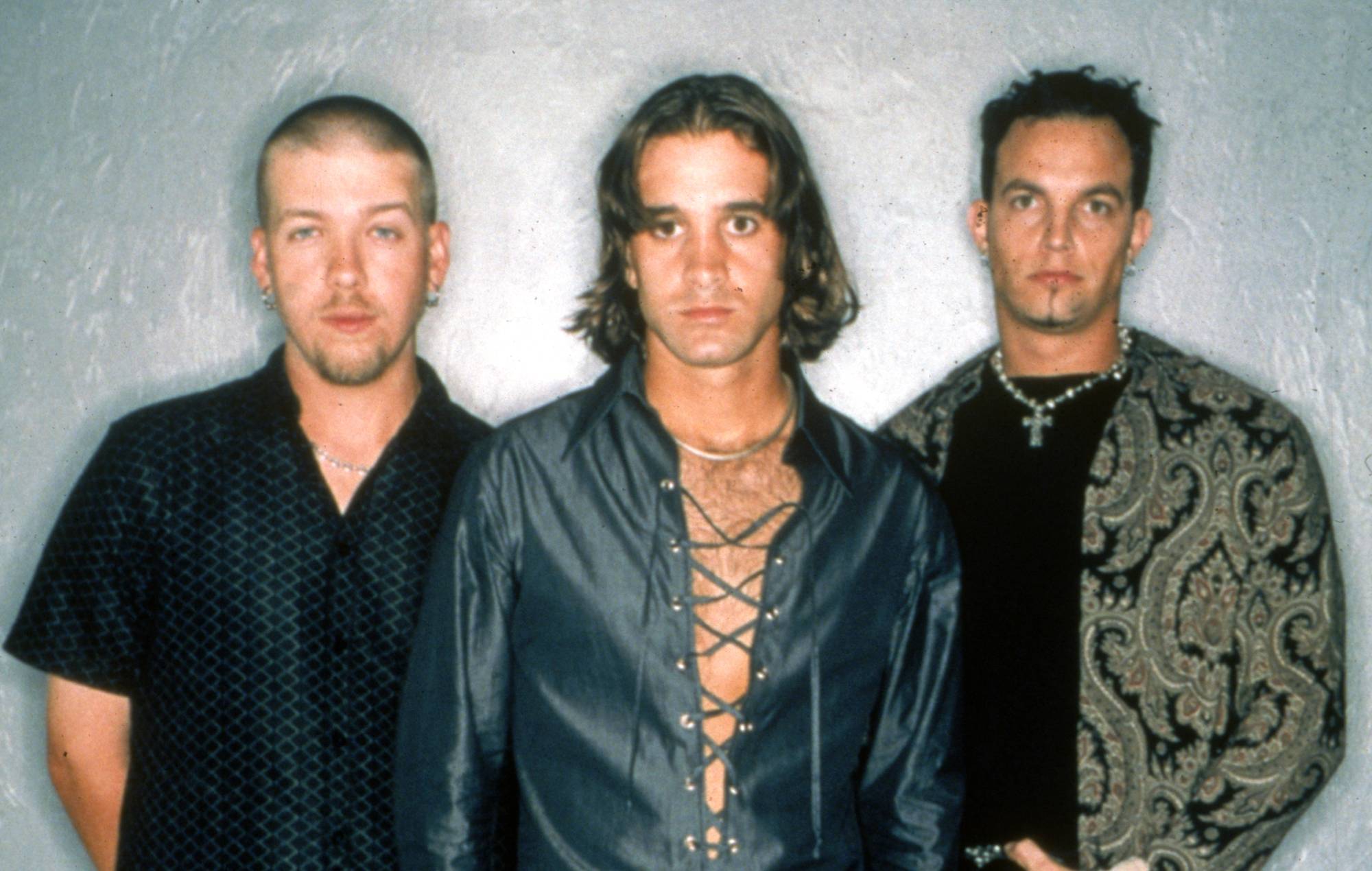
As part of our celebrations to mark Bob Dylan’s 80th birthday, here, in full, is Richard Williams’ definitive review of Dylan’s most recent studio album, Rough And Rowdy Ways…
In his 2016 Nobel Prize lecture – which he did not deliver in person but eventually published as a recording, with piano accompaniment, and a short book – Bob Dylan began with a memory of how seeing Buddy Holly in person and being given a Lead Belly record changed his life. But then he went on to talk about the books he read in school that had made the deepest and most enduring impact on him: Moby-Dick, All Quiet On The Western Front and The Odyssey. He closed his speech with Robert Fitzgerald’s 1961 translation of Homer’s opening invocation: “Sing in me, O Muse, and through me tell the story.”
This was four years after Dylan had released Tempest, his last album of original material, and while he was in the middle of recording 50-odd songs from what is now generally referred to as the American songbook: the show tunes of Harold Arlen, Irving Berlin, George Gershwin, Jerome Kern and so on. Released between 2015 and 2017 as Shadows In The Night, Fallen Angels and the three-disc Triplicate, they received a mixed reception, many turning up their noses at what appeared to be a misguided project, and certainly an overextended one. In the first place, why would Dylan attempt to perform pieces already rendered definitively by others (e.g. Frank Sinatra) when the earliest and most influential phase of his own career had amounted an organized assault on the values represented by those songs, with their moon-and-June lyrics and their neat 32-bar AABA structures?
Gradually it became apparent that Dylan might have been up to something all along, just as he had been when he recorded the Basement Tapes in the ’60s and a couple of solo albums of blues and folk songs, Good As I Been To You and World Gone Wrong, in the early ’90s, using them as co-ordinates with which to realign his musical SatNav. You can’t take liberties with Tin Pan Alley songs like “Stormy Weather” or “My One and Only Love”. You sing their finely wrought chromatic melodies as well as you possibly can, while allowing the lyrics to speak clearly; otherwise, don’t bother. And that is what, despite the effects of time on his vocal range, he did. So anyone who saw his concerts during this period – at the Albert Hall in October 2015, for instance – had to be struck by the way his attitude to his own songs had changed.
Listeners were no longer invited to spend the first minute of a song teasing out the clues to “Blowin’ In The Wind” or “She Belongs To Me”. This seemed a good thing. The technical exercise involved in phrasing the lines of the standard tunes – the sort of challenge for which Sinatra swam underwater in order to improve his breath control – must have appealed to Dylan, whose gift for shaping the cadence and internal rhythms of long lines, even when completely ignoring the melody, has always been just about his most unfairly overlooked expressive talent.
What is also perhaps underappreciated is the appeal of his speaking voice. The 101 programmes of his Theme Time Radio Hour series showed us (and perhaps him) what a wonderfully expressive reader he can be. It became hard to imagine a book of any sort that wouldn’t be improved by Dylan recording its audio edition. And that, too, has a very practical application to his new collection, in which his lyrics are spoken as much as they are sung.
As the three albums of standards made their appearance, it was also clear that his regular band of musicians were achieving a new synthesis, something much subtler than before. The new sound was softer, gentler, more fluid, carefully adapted to provide a cushion for Dylan’s ageing voice. His decision to do without the cabaret cushioning of a piano was crucial to its success. Instead there were strings of several kinds: violin, double bass, acoustic guitar, steel guitar, all blending into a flow that owed less to Nelson Riddle than to Western Swing and the Hot Club de France. It may have lacked turbulence but was never devoid of an inner energy and direction.
What he was also doing, or so it seems now, was waiting for inspiration. In the Nobel lecture, his discussion of The Odyssey is particularly animated. Homer’s poem is, he says, “a strange, adventurous tale of a grown man trying to get home after fighting in a war. He’s on that long journey home, and it’s filled with traps and pitfalls.” After describing some of them, he continues: “It’s a hard road to travel… some of these same things have happened to you. You too have had drugs dropped into your wine. You too have shared a bed with the wrong woman. You too have been spellbound by magical voices, sweet voices with strange melodies. You too have come so far and have been so far blown back. And you’ve had close calls as well. You have angered people you should not have. And you too have rambled this country all around. And you’ve also felt that ill wind, the wind that blows you no good. And that’s still not all of it.”
Maybe The Odyssey was pushing itself to the forefront of Dylan’s mind just as he began to consider the possibility of writing and recording a new album of original songs. Perhaps, in the interim, he had also read Emily Wilson’s radical new translation, in which the opening lines are rendered: “Tell me about a complicated man. Muse, tell me how he wandered and was lost…”
The evidence is there, if you want to look for it, that the myths and legends of the ancient world – and of Homer in particular – formed a significant part of the library of material consulted by Dylan while he was assembling the 10 new songs making up Rough And Rowdy Ways. There’s a song called “Mother Of Muses”, for a start: the title refers to Mnemosyne, the daughter of Uranus, the god of the sky, and Gaia, the mother of the earth. Mnemosyne slept nine nights in a row with Zeus in order to give birth to the nine muses, among them Calliope, the muse of epic poetry. “I’m falling in love with Calliope,” Dylan sings. “She doesn’t belong to anyone, why not give her to me?”
Mnemosyne’s name, derived from the Ancient Greek word for “memory” or “remembrance”, was also given to one of the five rivers of the underworld. The dead drank from Lethe, the river of forgetfulness, in order to erase all remembrance of past lives before being reincarnated. To drink instead from Mnemosyne, the river of memory, was to be granted the opposite and achieve omniscience.
Perhaps only the omniscient have a licence to put together songs in the way Dylan does, creating mosaics from fragments of the past and investing the result with fresh meaning through force of personality and poetic vision. Joni Mitchell, for one, has been dismissive of his reliance on adapting other people’s work in what kinder judges call “the folk process”, but when the result is as powerful as Rough And Rowdy Ways, the method seems more like a kind of justifiable artistic alchemy.
All of it comes together in an album named after a Jimmie Rodgers song (“My Rough And Rowdy Ways”, 1929) and containing song titles lifted from Walt Whitman (“I Contain Multitudes”), William Burroughs (“Black Rider”) and Shakespeare (“Murder Most Foul”), as well as a song (“False Prophets”) borrowing its entire template from Billy “The Kid” Emerson’s “If Lovin’ Is Believin’”, a 1954 B-side. Unlike T. S. Eliot, Dylan doesn’t provide footnotes. Spotting his allusions and joining them up is part of the fun. You’re entitled to punch the air if you recognise the line “Red Cadillac and a black moustache” as the title of a song by the rockabilly artist Warren Smith, which Dylan recorded for a Sun Records tribute album called Good Rockin’ Tonight in 2002. That’s up to you. But he doesn’t hide his references. A song built on the elements of Jimmy Reed’s style – a blues shuffle, its verses punctuated by single high harmonica notes, ending with a direct quote (“Can’t you hear me callin’ from down in Virginia”) –is titled “Goodbye Jimmy Reed”.
That’s one of the tracks exploiting a roadhouse 1950s R&B style familiar, in particular, from Together Through Life, the predecessor of Tempest. It’s a style in which his musicians are steeped. Other songs exploit the lyric qualities of steel guitar and bowed double bass to create something different and more distinctive, a fluid and sympathetic accompaniment to Dylan’s current mode of vocal delivery, which veers from near-recitation to near-singing.
“I Contain Multitudes”, the opener, typifies the second approach. It slides in, free from tempo for its opening verses, slipping into a Django Reinhardt groove and out again a couple of times, but with everything moving at the deliberate pace set by his voice. As with all but one of the songs, the lyric is built on sequential couplets, every verse in this case ending with a line preceding a repetition of title: “I fuss with my hair and I fight blood feuds,” “I paint landscapes and I paint nudes,” “I play Beethoven’s sonata, Chopin’s preludes…” There are mentions of William Blake (namechecking “Songs of Experience”) and Edgar Allan Poe (“Tell Tale Heart”), and a truly bizarre set of juxtapositions: “I’m just like Anne Frank, I’m like Indiana Jones / And them British bad boys, the Rolling Stones.” And still he can pluck your heartstrings: “Red Cadillac and a black moustache / Rings on my fingers that sparkle and flash / Tell me what’s next, what shall we do? / Half of my soul belongs to you.” Who could resist?
The tone is harsher and the voice more of a growl on “False Prophet”, a slow-rocking Elmore James groove with a valve-driven sound, harking back to the sort of calculated distortion Daniel Lanois brought to the production of Time Out of Mind in 1997: bruised, abraded, patinated, but now less self-consciously so. And more great piled-up couplets: “I’m the enemy of treason, the enemy of strife / I’m the enemy of the unlived, meaningless life / I ain’t no false prophet, I just know what I know / I go where only the lonely can go.” Whoever plays the bottleneck guitar does a fine job, particularly on the fade.
With “My Own Version Of You” we’re back in an strange reverie as reverbed guitars, pattering brushes and a stealthy swooping steel accompany a long recitative studded with cartoon absurdism – “I’ll take the Scarface Pacino and the Godfather Brando / Mix it up in a tank and get a robot commando / If I do it up right and get the head on straight / I’ll be saved by the creature that I create” – and artful phrasing. Listen as he delivers “I want to bring someone to life, turn back the years / Do it with laughter and do it with tears”, compressing the first line and expanding the second to match it, adding a mock-suspenseful pause before the final word — he’s knows you’ve already guessed it, as you will guess the outcome of many of these couplets, although that’s not for the worse since they convey the naturalness of speech.
“I’ve Made Up My Mind to Give Myself To You” may be the most cumbersome title of his career, but the track also one of his loveliest creations. A Neapolitan mandolin and a half-hidden marimba conjure the image of a lone figure sitting in a waterside café on a warm evening, while male voices hum a four-note melody behind him: “I’m sitting on the terrace, lost in the stars / Listening to the sound of the sad guitars / I’ve been thinking it all over, and I’ve thought it all through / I’ve made up my mind to give myself to you.” There doesn’t seem to be any irony at work here. Maybe these are the lovers from “You’re Gonna Make Me Lonesome When You Go”, 40 years on, still entangled in complex emotions and on the brink of a reunion. A simple, graceful guitar solo prefaces the final verse: “I’ve travelled from the mountain to the sea / I hope that the gods go easy with me / I knew you’d say yes, I’m sayin’ it too / I’ve made up my mind to give myself to you.”
The subdued mood is dialed down a further notch for “Black Rider”: simple acoustic guitar and mandolin, just marking the chords, sometimes almost disappearing behind dream-like lyrics that sound as though they’re being written on water. Murmured to a rival or maybe to an alter ego, they contain perhaps the most surprising single word in Dylan’s entire recording career: “Black rider, black rider, hold it right there / The size of your cock will get you nowhere / I’ll suffer in silence, I’ll not make a sound / Maybe I’ll take the high moral ground…” The song drifts along until it just vanishes completely, like a pebble in a pond.
“Goodbye Jimmy Reed” does exactly what it says on the tin. A sluggish 12-bar shuffle, patterned on Reed’s “Honest I Do” or “Baby What You Want Me To Do”, with slapping drums, several rhythm guitars probably played by guys with names like Lefty and Earl, a strong lead, a walking bass, and a striking opener: “They threw everything at me, everything in the book / I had nothing to fight with but a butcher’s hook.” It ends on a squeezed high note from the mouth-harp as the endless boogie fades on down the road.
The unamplified delicacy returns with “Mother Of Muses”, a hymn-like song making stately progress against a bowed double bass, a muffled bass drum and a finger-picked gut-string guitar. As well as Mnemosyne – “Take me to the river, release your charms / Let me lay down a while in your sweet loving arms / Wake me, shake me, free me from sin / Make me invisible, like the wind” — Dylan addresses a host of spirits, somewhat surprisingly including World War Two generals Georgy Zhukov and George S. Patton, “who cleared a path for Presley to sing / Who guard the path for Martin Luther King / Who did what they did and then went on their way / Man, I could tell their stories all day.”
“Crossing The Rubicon” seems like a settling of old scores and debts: a slow, plodding, pared-back sermon from the primitive church of the blues, evoking John Lee Hooker as his most darkly simmering: “I can feel the bones beneath my skin, and they’re trembling with age / I’ll make your wife a widow, she’ll never see old age.” Someone, anyway, is going to get cut with a crooked knife.
For “Key West”, which at nine and a half minutes is the album’s second longest track, the atmosphere switches back to the gentle acoustic drift, with an accordion prominent in the sultry, drowsy mix. A story that begins in McKenley Hollow – a hiking trail in the Catskills, part of the Big Indian Wilderness, a half-hour drive from Woodstock – moves down to Key West, on the southern tip of Florida, where the Gulf of Mexico meets the Atlantic ocean and, as the song notes, Harry S. Truman established a southern White House. Hibiscus and bougainvillea are in bloom, a pirate radio station is sending inspiration from Luxembourg or possibly Budapest, and the singer is guarding against the threat of “bleeding heart disease” while musing on how he ended up here: “I was born on the wrong side of the railroad track / Like Ginsberg, Corso and Kerouac / Like Louis and Jimi and Buddy and all of the rest / Well, it might not be the thing to do / But I’m sticking with you through and through / Down in the flatlands, down in Key West.” The pirate radio signal comes and goes, unlike anything resembling winter weather. “Key West is fine and fair,” he sings. “If you’ve lost your mind, you’ll find it there.”
And so we come to the bomb that dropped on the morning of March 27 this year. “Murder Most Foul”, at almost 17 minutes, is his longest recorded song, an epic conclusion to the album in the manner of “Desolation Row”, “Sad Eyed Lady Of The Lowlands” and “Highlands”, except that this one is rooted in an specific event at a precise and pivotal moment in contemporary history. Described in a jigsaw of detail (the triple underpass, Dealey Plaza, the grassy knoll, Oswald and Ruby, Parkland Hospital, Love Field), the murder of John F. Kennedy on November 22, 1963 takes its place amid a flood of references to films and songs and books, from Frank Capra’s It Happened One Night and Dorothy B. Hughes’s Ride the Pink Horse to all the records the singer implores the radio DJ Wolfman Jack to play: “Wake Up, Little Susie”, “Lucille”, “Memphis in June”, Slim Harpo’s “Scratch My Back”, “Blue Skies”, Oscar Peterson, Charlie Parker and “‘Love Me Or Leave Me’ ” by the great Bud Powell” (which doesn’t actually exist).
On an album whose most ambitious songs are marked by the ebb and flow of slow and slow-medium tempos, on this one any sense of strict metre is abolished altogether. Piano, bowed bass, a viola (maybe a violin as well), drums and possibly a harmonium follow the chord changes together but play out of time, taking their rhythmic cues from the recitative, creating slowly rolling waves of sound that billow and recede. In a sense it’s closer to John Coltrane’s masterpiece “Alabama”, a tempo-less elegy for the four black schoolgirls murdered by white supremacists in a church bombing two months before the Kennedy assassination, than to anything Dylan has tried before in all his decades-long exploration of folk music, rockabilly, county or R&B. He can still surprise us, this complicated man.







